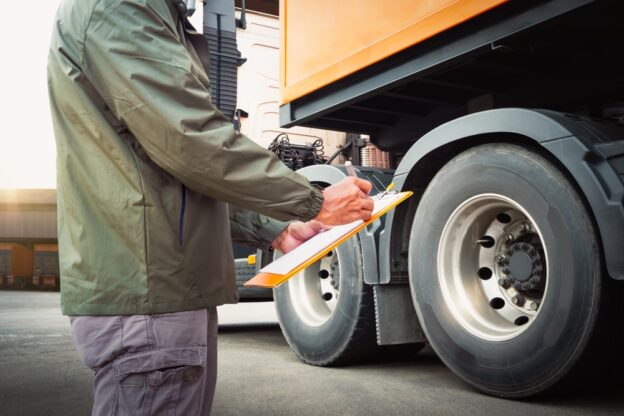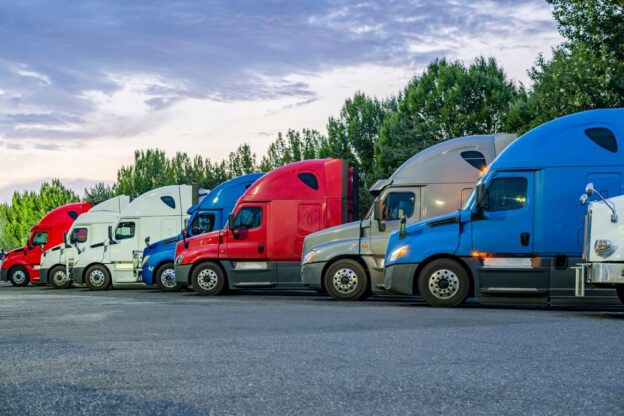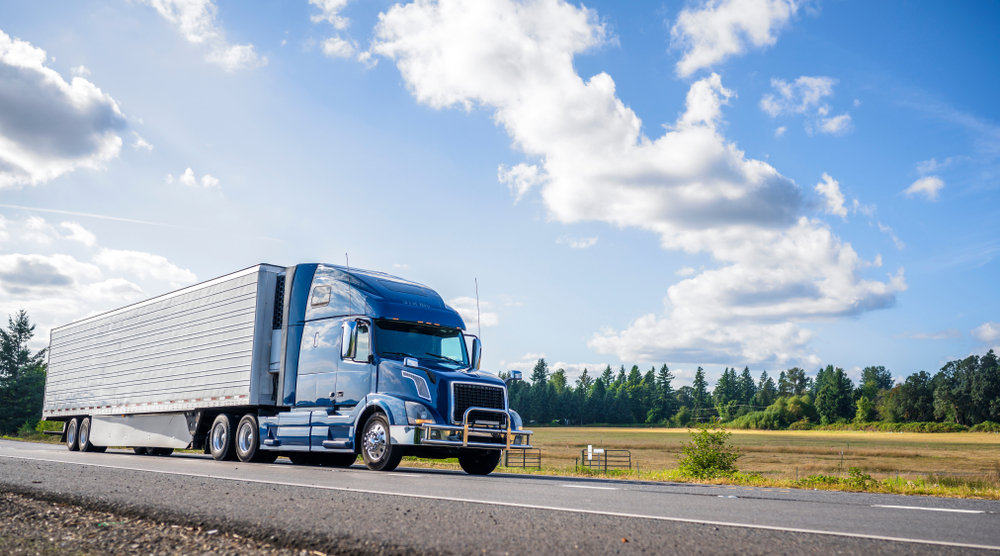There are a wide range of different reasons why being a truck driver is often a more enjoyable professional than people realize.
If you’re the type of person who likes to drive and spend time out on the open road, you’d be hard-pressed to find a better option. Truck driving also offers a high earning potential in many situations, flexible schedules, and the type of job security that few can match.
But it is that “high earning potential” that often gives people pause, especially if they don’t understand what a quote for an entry-level truck driving position is really saying. In reality, there are a wide range of different ways in which truck drivers get paid, and the more you understand them, the more you can begin to see that the sky really is the limit in terms of what you can make and how.
Common Ways Truck Drivers Are Paid
How you are paid as a truck driver will ultimately come down to who you work for and what types of jobs you take. Just a few of the various pay structures include but are not limited to the following.
Pay per Mile
As the term implies, here, you get paid based on the total number of miles you drive. Rates will vary depending on the company, the type of freight you’re hauling, and even the distance you’re being asked to travel.
Hourly Pay
Hourly pay is particularly common when it comes to truck drivers who make local deliveries, as they’re over shorter distances. The pay structure is intentionally very straightforward.
Fixed Salary
With a fixed salary, you’re getting a set amount of money for your services regardless of how long you drive or how far you travel.
Stop & Detention Pay
This type of pay is essentially compensation that you’re given for any stop you make during the trip that isn’t at the final destination. You would get this if you had to first go somewhere and pick up the cargo, for example.
Load Percentage
Under this type of pay structure, you’ll be getting a percentage of the revenue that each load generates. This is a common type of pay structure among truck driver owners/operators who are responsible for securing their own loads.
Team Driver Pay
As the term implies, this is the type of pay structure you enjoy when you’re on a truck-driving team working in pairs. This allows the truck itself to operate 24 hours a day, seven days a week, 365 days a year, as you’ll essentially be working in shifts. This means faster delivery times, but it also means that you’ll have to split one amount of money between two people.
Per Diem Pay
This is a set amount of money that you’ll receive every day to cover things like meals, room and board, and other incidental expenses. If the trip that you’re on will take multiple days, and you know that you’ll have to purchase three meals a day over this period, your per diem pay would be used to cover that expense, so you don’t have to go out of pocket, for example.
Accessorial Pay
This is an additional type of pay that truck drivers enjoy when they go above and beyond the traditional call of duty. If you’re tasked with securing a particularly heavy load, for example, or if you’ll be working with hazardous materials, you’ll likely get accessorial pay.
Guaranteed Pay
As the term implies, this is a pay structure where a truck driver will earn a specific amount of money within a specific time frame, regardless of how many miles they actually drive or how much time they spend on the clock. This offers a level of stability and predictability to the world of truck driving that not everyone gets to enjoy.
Sliding Scale Pay
Here, the amount of money that a truck driver is paid per mile will likely vary depending on the exact number of miles that they drive. If they hit a certain number of miles in a week or even a month, their per-mile rate may increase. It’s a way to tie performance metrics more closely into the pay structure someone receives, essentially.
Incentives Pay
This is often employed when a company wants to encourage a truck driver to meet or exceed expectations. If a company has an issue with trucker safety, for example, they might use incentives and pay as a way to entice more people to maintain the best safety record that they can. They could also use incentive spaying to encourage truck drivers to deliver a load ahead of schedule – safely, of course.
Bonuses
Finally, we arrive at bonuses – something of a “catch-all” term in this context. Sometimes, a truck driver might get a signing bonus for coming on with a new company. Other times, they might get a bonus for hitting mileage goals. Regardless, it’s a way to earn extra income that is typically appreciated.
How Often Are Truckers Paid?
How truckers get paid will largely depend on exactly what type of company they’re working for. If you receive hourly or per-mile pay, you typically get paid out on a weekly basis. Some trucking companies, particularly the ones that employ a lot of owners/operators, will pay every two weeks. It’s rare to get paid out once a month – usually, it’s only those truck drivers who are on fixed salaries.
Owner Operators vs Company Drivers
The biggest difference between owner/operators and company drivers is that the former usually gets paid based on either a percentage of the revenue generated by the load or on a per-mile basis. A company driver will typically receive either a fixed salary or an hourly wage.
This is largely because an owner/operator is an independent contractor, whereas a company driver would be considered an employee. One comes with a higher earning potential, but it comes with a lot more risk for the driver as well.
Key Takeaways
One of the most common ways to answer the question “How do truck drivers get paid?” is on a per-mile basis.
Hourly pay and even a fixed salary are also common, particularly among company drivers.
Some types of payment are a way for truck drivers to earn extra income. Examples of this would include incentive pay or stop & detention pay.
If you’d like to find out more information about the many common ways in which truck drivers get paid, or if you have any additional questions that you’d like to go over with someone in a bit more detail, please don’t hesitate to contact the Advanced Commercial Capital team today.






 As the name implies,
As the name implies, 


